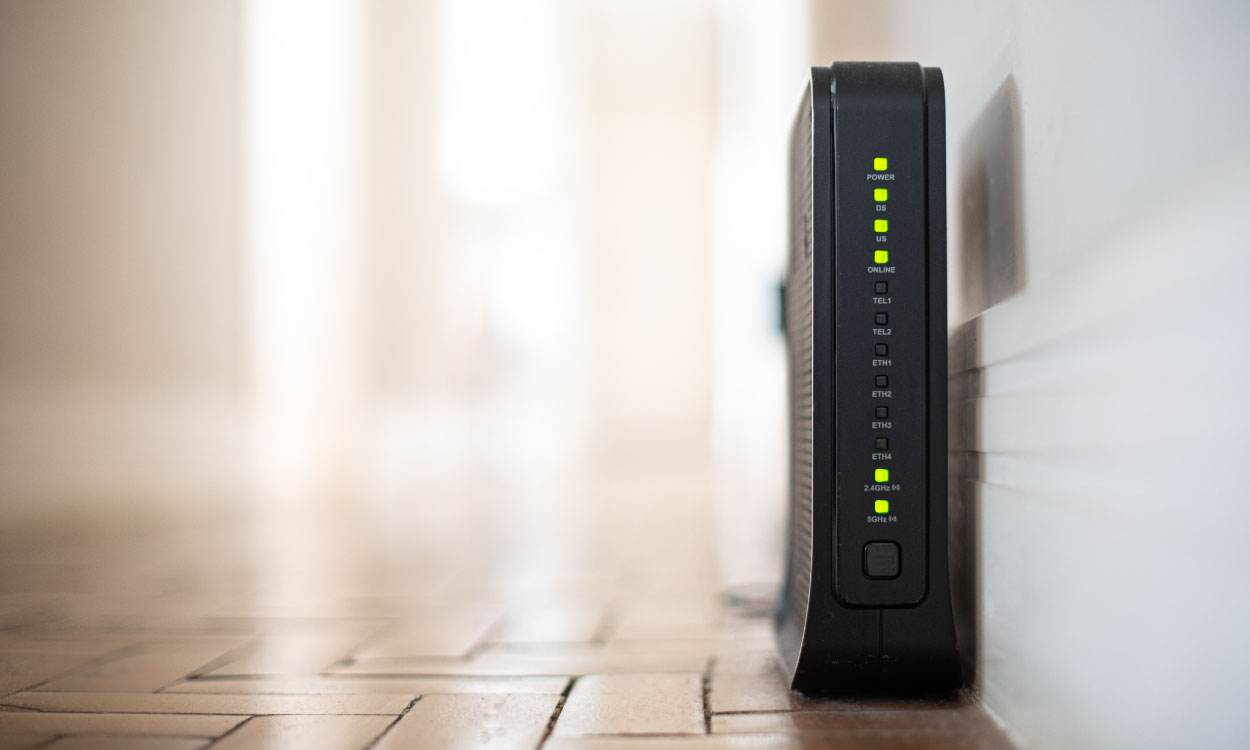How to Improve WiFi Connection in Your Home
Let’s face it – Wi-Fi has become as essential as electricity (or oxygen) in most homes, keeping us connected, digitised and up-to-date on everything anyone’s doing. Yet, in spite of its centrality – we all know how we react when the router goes down – many of us struggle with poor connectivity. Whether it’s buffering blues, dozy downloads, or careworn connections, Wi-Fi woes are frustratingly common – and here’s the kicker: they tend to make themselves known at the very worst times.
To tackle Wi-Fi issues effectively, you’ll want to understand the basics of your Wi-Fi setup. Wi-Fi allows digital devices to exchange data via radio waves. However, the strength and speed of these connections can be influenced by distance from the router, obstacles like walls, and interference from other devices – and, of course, bad luck.
Okay, maybe that last one isn’t true – but it certainly feels true when it’s 85 minutes into a Champions League semi-final, and everything freezes, or that gaming strategy is just finding its rhythm, and those three solid Wi-Fi bars suddenly drop to zero.

Steps To Improve WiFi Connection
Step One
Start by evaluating your existing equipment. Is your router outdated? Does it struggle to meet the demands of your high-bandwidth activities? Your Internet Service Provider’s (ISP) speed also plays a pivotal role; even the best router can’t improve a sluggish base internet speed, so don’t write off the idea that it’s not you; it’s them!
Step Two
The location of your router significantly affects performance. For optimal coverage, place your router centrally in your home, elevated on a shelf or table, away from thick walls and metal objects which can obstruct signals. No, it’s not a myth – Wi-Fi is definitely vulnerable to blockages and hurdles.
Step Three
If your router is several years old, upgrading to a newer model might be necessary. Modern routers offer better range, speed, and features like dual-band connectivity which minimises interference – and they also tend to be better at not overheating when the going gets tough.
Step Four
For larger homes (read: homes with a lot of people using a lot of devices) a single router might not suffice. Wi-Fi extenders and mesh networks can expand your coverage significantly. Extenders boost the existing signal, while mesh systems use multiple nodes to create a single, large, seamless network. Don’t just think about the obvious ones like phones and PCs – these days, tons of devices, from washing machines to robot vacuums, are connected to the internet and vying for space!
Other factors worth considering
Wi-Fi congestion can slow down your connection if many nearby networks use the same channel. Tools like Wi-Fi Analyzer can help you identify less crowded channels. Beyond that, you could try…
Securing Your Wi-Fi Network: An unsecured network is not only a risk to your personal data but can also affect performance if unauthorised users access it. Ensure your network is secured with WPA2 or WPA3 encryption.
Regular Updates and Firmware: Manufacturers frequently update router firmware to fix bugs and improve performance. Keeping your router updated is a simple but often overlooked step in maintaining optimal connectivity.
Managing Connected Devices: The more devices connected to your network, the slower your internet can become. Consider setting priority levels for devices that need more bandwidth, like smart TVs or gaming consoles.
Quality of Service (QoS) Settings: QoS settings in your router can prioritise traffic from critical applications, improving performance for important tasks like video calls or gaming.
The Role of Wired Connections: While not always practical, wired connections (Ethernet) provide the most reliable and fastest speeds for internet access, especially for stationary devices like desktop computers or gaming consoles.
DIY Wi-Fi Boosting Hacks
There are several DIY tips online for boosting Wi-Fi signals, such as repositioning antennas or crafting homemade reflectors. However, the effectiveness of such hacks can vary widely.
If all else fails, consulting with a professional can provide tailored solutions to particularly stubborn Wi-Fi issues.

